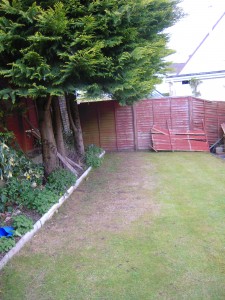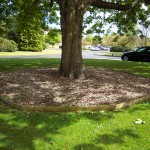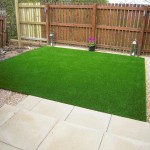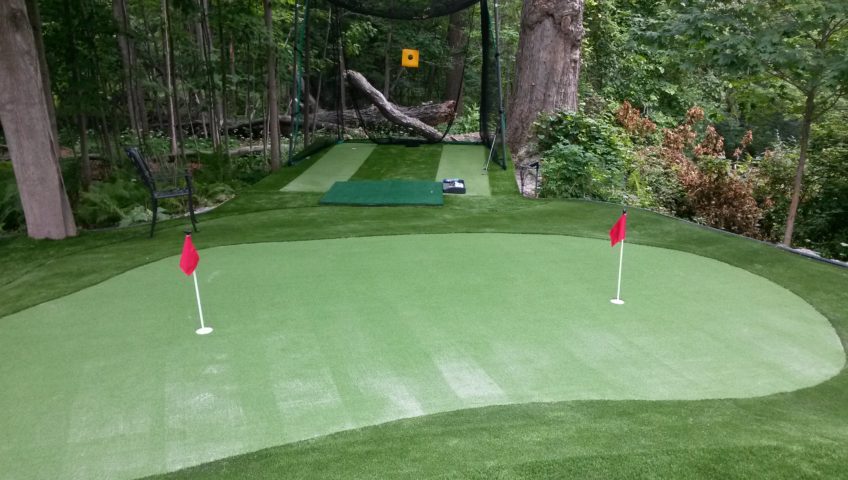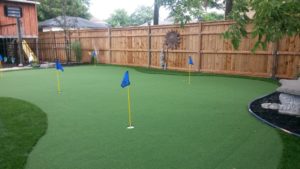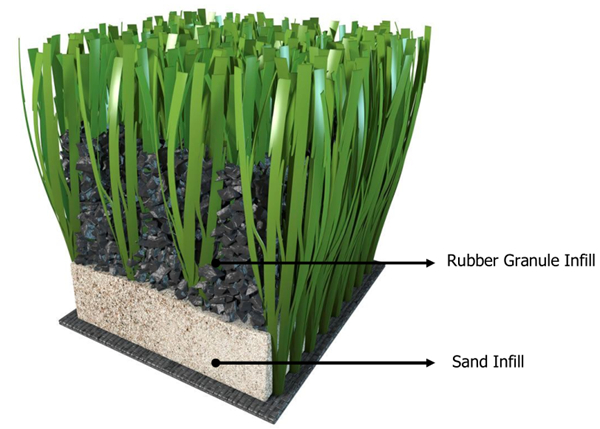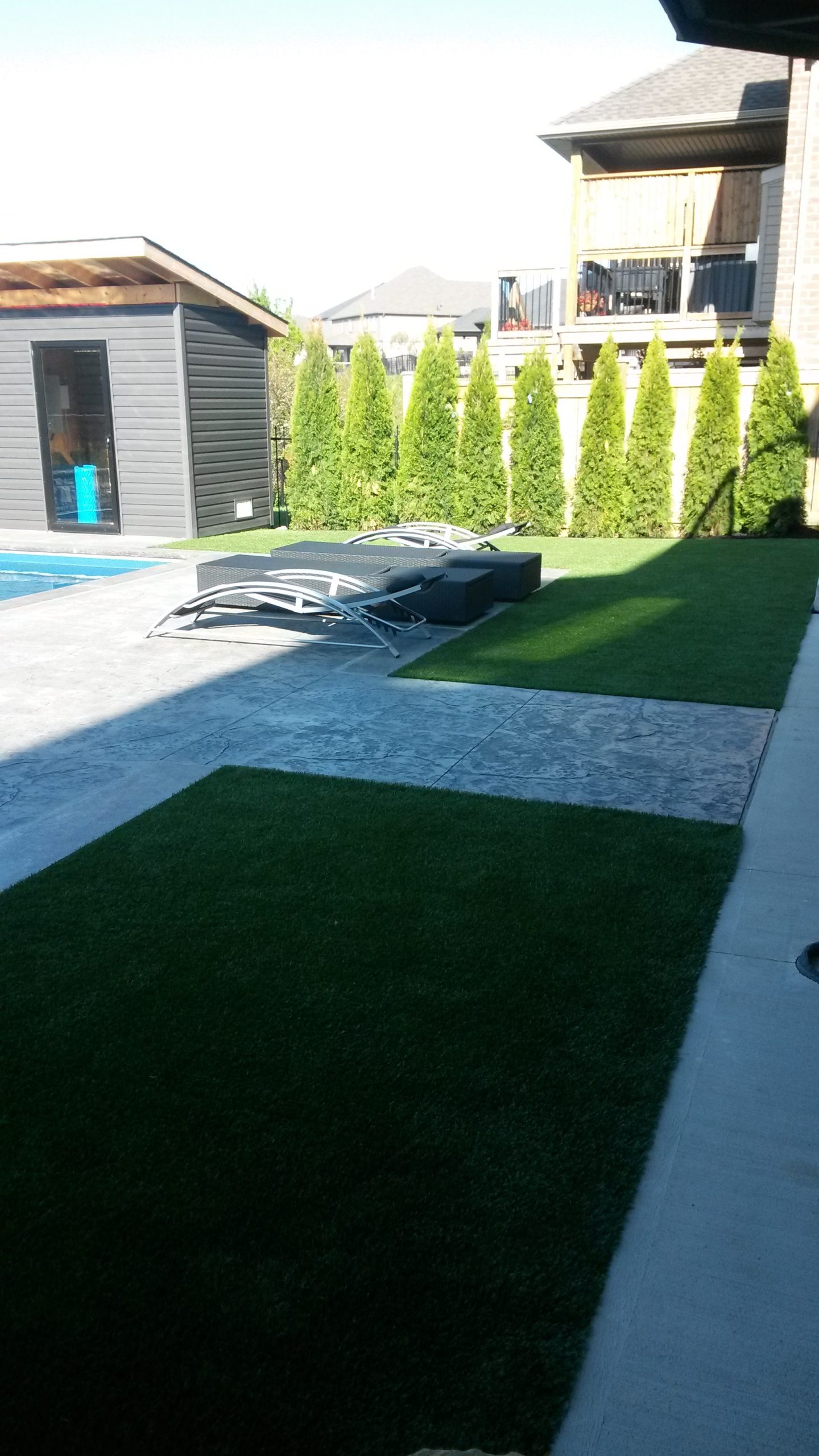
Turf Solutions for Shady Spaces
Grass For Shade: Growing a Good Lawn in Shady AreasShade is the sworn enemy of the keen grass grower. Like the majority of plant life on our planet, grass needs light, and finding a good grass for shade is a tricky business. Shady areas on your lawn represent spots where your grass is starved of the nourishment it needs to grow well, but don’t worry, there are a few solutions to the low-light condundrum. In this article I’m going to take you through them and see if we can create you the ideal lawn for shaded areas.
The Problem with Shady Grass Covered Areas
In urban areas the effect of shade is particularly prevalent as houses are often built close together, land obviously being at a premium. People usually want a bit of vegetation around too, and trees that grow far too big are often planted by the owner or a neighbour. To make things worse, hedges and shrubs are often allowed to grow far too large in pursuit of privacy.
The main factors that affect turf grass vigour under heavy shade are:
- Lower ground and air temperatures
- Less air movement
- Increased humidity
- Increased carbon dioxide
- Tree and shrub roots competing with grass for nutrients and water
How to Recognise the Effects of Shade
The symptoms that characterise grass shade problems are many and varied but the following are the most common and recognisable:
- Photosynthesis, that is the process by which grass converts radiant energy from the sun into chemical energy, is reduced by shade therefore the plant has less energy to utilise in the growth process
- This results in reduced root, shoot, tillering and stolon development
- Tillering and stolon growth tends to be more upright, which restricts turf establishment as these are the means by which grass fills in a sward
- Reduced tolerance to stresses such as heat, cold, drought and wear resistance
- Increased susceptibility to pests and diseases
An interesting effect concerning shade can be seen when you have a turfed area that is shaded in the morning only. When it’s exposed to full sun later in the day that area will wilt much quicker than areas that receive full sun all day, or even in the mornings.
How to Solve Your Shady Lawn Problems
The first solution you should seek is removing the source of the shade. Trees, shrubs and hedges, if on your own ground, can be controlled by pruning and thinning. Trees in particular should ideally have the bottom branches trimmed up to eight to ten feet from the ground, and the crowns thinned if possible. If planting from new, make sure they are suitable for the size of the garden. Tree roots spread to around the same height as the tree so, when planting, insert a barrier between the lawn and the rootball. With established trees, a narrow trench can be dug and the roots pruned before inserting a barrier.
When You Can’t Remove the Cause of your Shady Lawn
In most cases where shade affects a lawn it is not possible to do much about it. The trees are too high, or the hedge doesn’t belong to you. This is where it is essential to ensure the grass growing there is the best suited to that environment, and here’s where you’ll need a shady grass seed, particularly suited to that lighting.
The fine leaves of the fescue family makes them most suitable to survive shady areas as they are adapted to make the most of what light they receive. Creeping red fescue, both strong and slender, are both very good grass seeds for shady areas, and tall fescue with its deep rooting a real feature, are ideal in a shade tolerant grass mixture. The bent grasses are not so good, with velvet and creeping bent being the best of them but very expensive, so normally a little browntop bent is added to the mix which will give it more body. Rye grass is not recommended as a grass seed for shade as it is not very tolerant. (See our shop for a shade tolerant grass seed mix).
How to Look after a Lawn Sown with Grass Seed for Shade
The grasses that are most suitable for use in shaded areas, the fescues in particular, do not require high levels of nutrition. In fact, too much fertiliser can be positively detrimental to the survival of these grasses, so care must be taken when applying any kind of nutrition. My advice would be not to apply anything in heavily shaded areas.
Because of the reduced tolerance to stress, maintenance procedures in shaded lawn areas should be less intensive than on lawns receiving normal light levels, ie :- higher height of cut, less frequent mowing, lighter scarifying and aeration.
Shady Lawn Alternatives to Grass
Wood Chip and Gravel Areas
There are of course some alternatives to grass in shaded areas, particularly where tree roots are a severe problem. Lawn edging can be put in and the affected area filled with wood chips, or even gravel. Both of these drain well, although the wood chip certainly looks more natural.
The use of wood chip or gravel avoids the problems associated with shade on grass altogether, by simply not requiring the grass to grow in these areas. While the setup to the right looks attractive, I would always sink the edging to ground level to make cutting easier.
Artificial Grass For Shady Areas
Another very good alternative to these is installing artificial grass. The new generation of artificial grasses look and feel very natural, drain well, and are extremely durable. There are a huge range to choose from too, with a variety of different looks and feels. You should be able to find something that suits your garden no problem at all.
I wouldn’t hesitate to recommend installing artificial grass in heavily shaded areas, or small lawns that are heavily worn for other reasons. The labour saving costs are substantial and it can looks really authentic. Artificial grass is also much more environmentally friendly than using slabs to cover worn or patchy areas as water drains through the material rather than running off.
If you’d like to have a look through our artificial grass range have a look in the artificial turf area of our shop today.
Duncan
